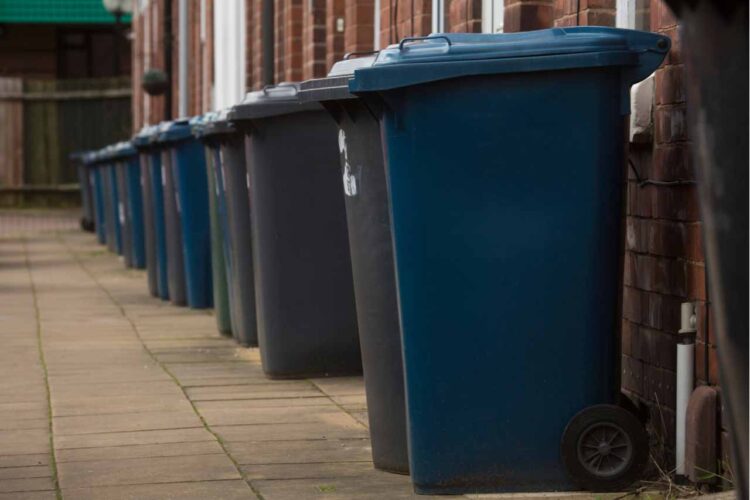Officials in one area of Ontario dove deep into recycling stream composition data, producing results that informed a municipality’s new recycling contract.
The city and county of Peterborough, Ontario, which is about 80 miles northeast of Toronto, recently hired consulting firm AET Group to conduct a study of recyclables stream audit data from comparable municipalities.
According to the Continuous Improvement Fund, which provided money for the research, the project’s goal was to produce information on the container and fiber streams. That data could then be used when crafting a new MRF contract.
The exercise compared single-family and multi-family streams in medium-sized urban cities with single-family streams in rural programs. The waste audits that were reviewed spanned 2016-19.
Researchers found that urban areas generated a higher percentage of fiber in the recyclables stream (67% fiber to 33% containers) compared with rural areas (63% fiber and 37% containers)
In terms of weight, urban areas generated more fiber weight than rural areas, but rural areas generated more container weight than urban ones. CIF suggested the fiber numbers were the result of more newspapers and flyers in towns and more burning of paper on rural properties.
In terms of contamination, rural areas generated slightly more overall contamination than urban areas (6.76% compared to 6.61%). But the researchers also found interesting disparities between urban and rural areas in terms of cross-contamination between the fiber and container bins. Urban areas were slightly worse than rural areas in terms of wrongly placing paper in the container bins. But urban residents were quite a bit worse about wrongly dropping containers in the fiber bins.






















